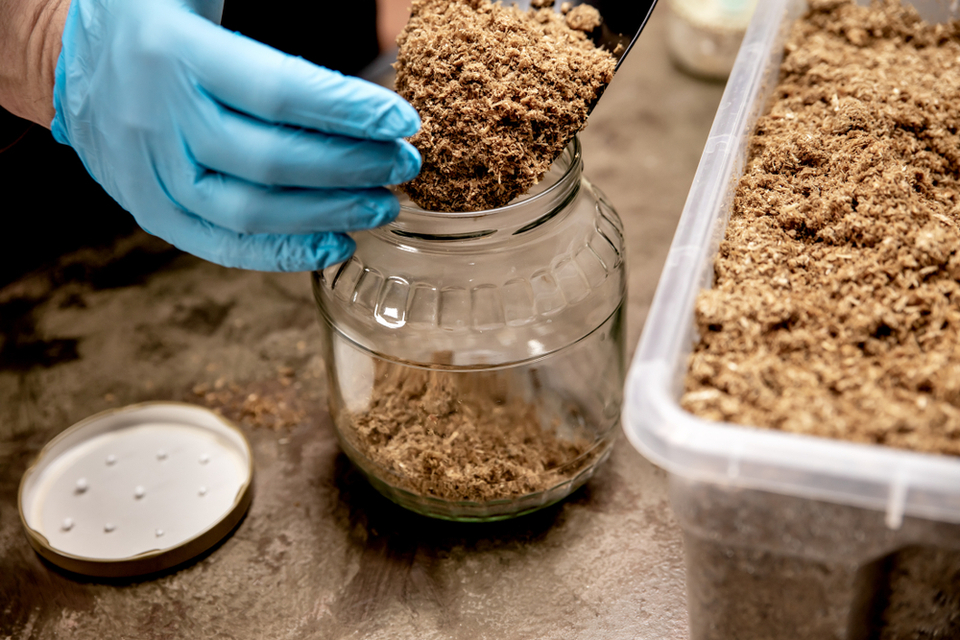Fungal architecture sounds like something from a fantasy book. But, scientists are proposing the idea for a future home.
Imagine a future where wood and concrete are remnants of a distant past. That’s right; construction would become less dependent on fossil fuel and environmentally-destructive mining.
Instead, houses, schools, hospitals, and even the entire city is made from living fungus. That way, when the material grows and dies, it could also regenerate itself.
That’s the future that a team of researchers from Europe envision and propose in a not-yet-peer-reviewed paper.
They described the article as the first-ever exploration of living fungus potential as a raw material for futuristic, eco-friendly, monolithic structure. Along with revolutionizing the entire environment, fungal architecture could also change the economy, says the paper.
In a statement to Futurism, a microbiologist at The Netherlands’ Utrecht University and co-author of the study, Han Wösten said:
“Fungal materials can have a wide variety of mechanical properties ranging from foam-like to wood-like to polymer-like to elastomer-like. The fact that we can make wood-like materials implies that we can use it for the building industry.”
Let’s explain further.
Using Living Material For Fungal Architecture
Fungal architecture is not a new idea.
Several studies have already suggested growing building materials out of mycelium. For example, NASA recently proposed building a mushroom base as a human-habitat for future Mars or moon missions.
While these projects involve killing the fungus after it grows to make sturdier building material, Wösten and colleagues are more ambitious. They are exploring building monolithic structures from living fungus.
“The selling point of our materials is that it is biodegradable, thereby helping to create a circular economy,” Wösten said. “At the same time, it should not degrade when actually used as a building material.”
The researcher pointed out that coating the material could provide a solution to the apparent paradox.
Wösten went on to explain that the goal is to keep the fungal architecture alive. That way, an architect could alter or repair the material by triggering further growth with water.
With that said, the whole idea remains relatively speculative, and it’s still very distant.
However, it provides an opportunity to disrupt the conventional way of construction. Also, it’ll require less energy, and this ultimately contributes to a healthier planet.



















Comments (0)
Least Recent